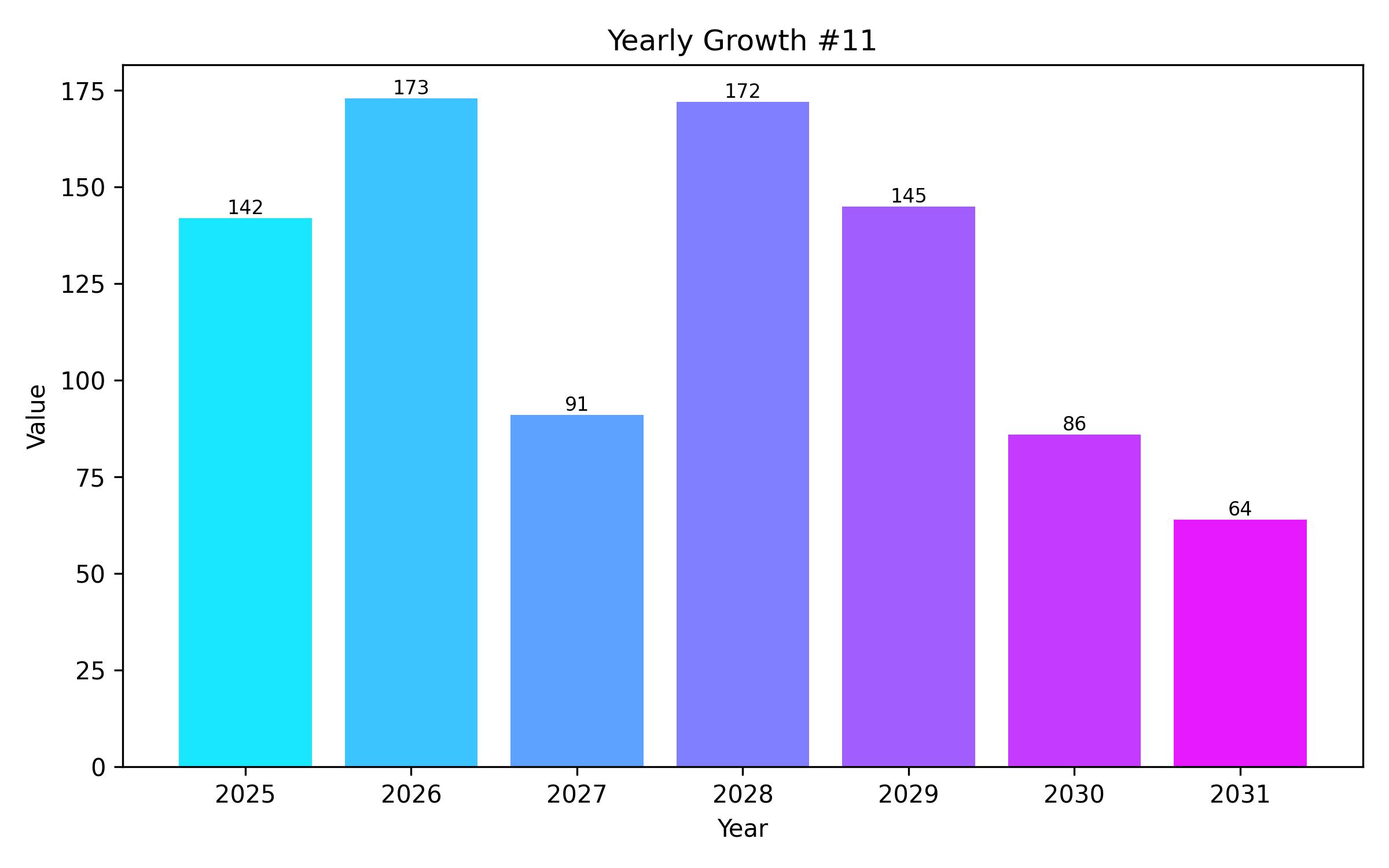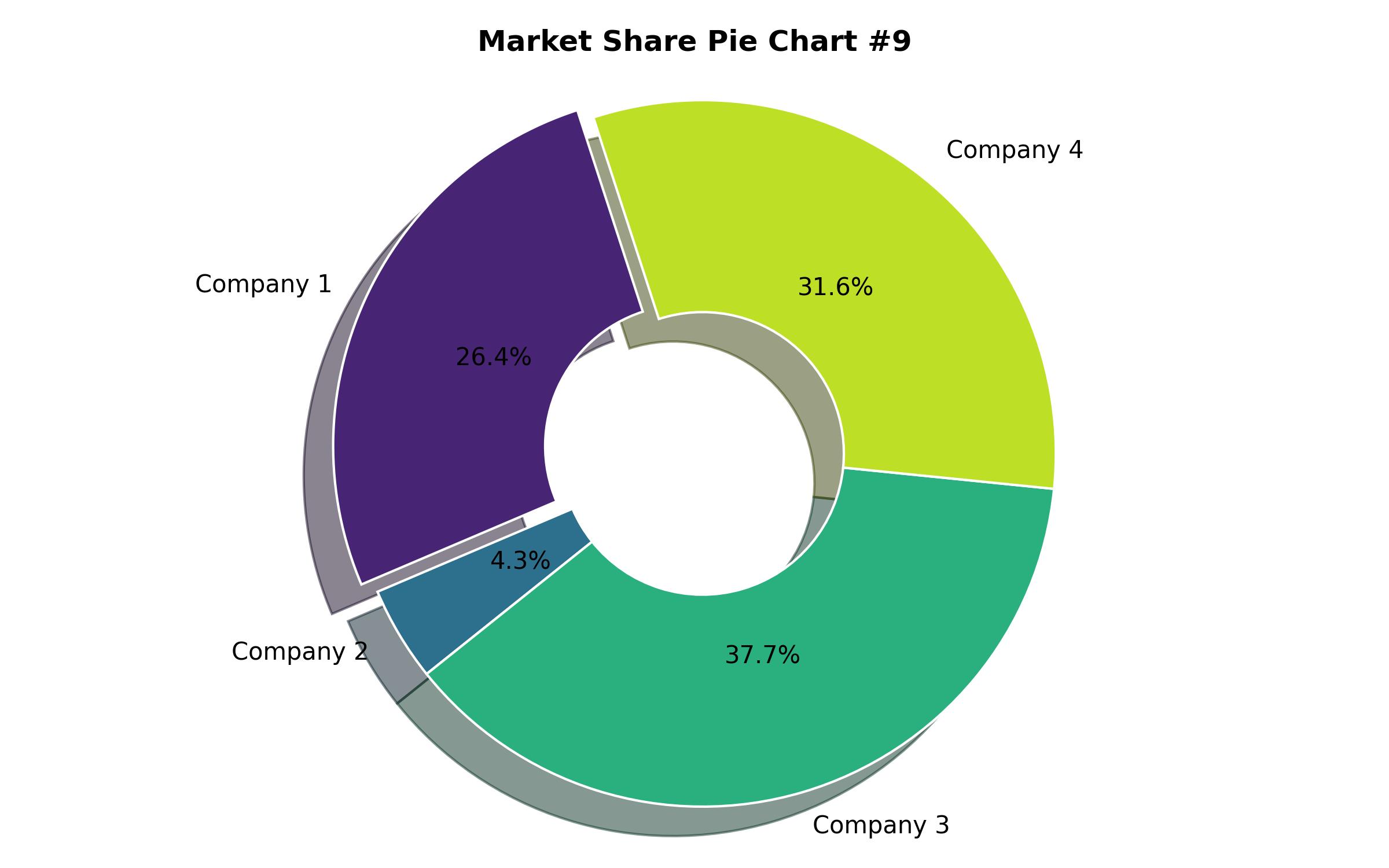Electric Scooter Market Expansion, Dynamics, and Future Outlook 2025-2035
Overview:
The electric scooter industry is projected for substantial expansion from 2025 through 2035. This growth is powered by increasing consumer preference for economical and environmentally friendly urban transport and the rapid proliferation of micro mobility solutions. As traffic congestion escalates and fuel expenses climb, coupled with stringent environmental policies, electric scooters are becoming the urban commuter’s choice for short trips and last-mile travel.
Globally, the electric scooter market is set to rise from an estimated USD 39.1 billion in 2025 to a projected USD 93.5 billion by 2035, exhibiting a compound annual growth rate (CAGR) of 9.4%. Technological advancements in battery longevity, materials science, and integrated connectivity, along with governmental support schemes and urban transit modernization, are key accelerators of market expansion across diverse geographies.
Electric scooters offer convenience, cost-effectiveness, and energy efficiency, driving their widespread adoption in dense urban environments. Governments are actively encouraging the shift to electric two-wheelers through purchase subsidies, tax incentives, and investments into electric vehicle infrastructure to combat pollution.
Prompted by mounting concerns over climate change and a drive toward more sustainable living environments, electric scooters are increasingly favored by commuters, ride-sharing platforms, and delivery logistics providers.
The expansion of urban centers globally is fostering the growth of electric scooter rental services, which not only generate revenue but also enhance public familiarity with electric transportation. Innovations like swappable battery systems, regenerative braking, mobile application integration, and remote diagnostics are boosting user convenience and operational dependability of electric scooters.
As battery manufacturing costs decline and charging point availability increases, electric scooters are positioned to become a popular substitute for traditional combustion engine powered scooters across various uses.
Market Financial Indicators
| Indicator | Valuation |
|---|---|
| Industry Size (2025 Est.) | USD 39.1 billion |
| Industry Value (2035 Proj.) | USD 93.5 billion |
| CAGR (2025 – 2035) | 9.4% |
The electric scooter landscape is undergoing a fundamental transformation towards substantial growth, primarily attributed to the urgent environmental imperatives, shifting metropolitan travel habits, and the evolution of lightweight, interconnected vehicle technologies.
Bolstered by favorable governmental initiatives and growing public enthusiasm, electric scooters are becoming a fundamental part of urban transit infrastructures, particularly for short commutes and last-mile transport segments.
Addressing challenges related to infrastructure and regulatory frameworks will necessitate specific policy measures and collaborative efforts within the industry. However, the advantages associated with the sharing economy, ecological logistics, and intelligent vehicle design provide a firm foundation for sustained market expansion over the long term. As cities become more focused on sustainable transportation options and digital mobility platforms, electric scooters will maintain their leading role in transportation innovation.

| Report Attribute | Details |
|---|---|
| Market Size in 2025 | USD 39.1 billion |
| Revenue Forecast for 2035 | USD 93.5 billion |
| Growth Rate (CAGR) | 9.4% from 2025 to 2035 |
| Base Year for Estimation | 2024 |
| Historical Data | 2018 – 2023 |
| Forecast Period | 2025 – 2035 |
| Quantitative Units | Revenue in USD million/billion and CAGR from 2025 to 2035 |
| Report Coverage | Revenue forecast, company market share, competitive landscape, growth factors, and trends |
| Covered Segments | Product type, application, and region |
| Regional Scope | North America, Europe, Asia Pacific, Latin America, MEA |
| Country Scope | U.S., U.K., E.U., Japan, South Korea, China, India |
| Key Companies Analyzed | Yadea Group Holdings Ltd., Niu Technologies, Hero Electric, Ather Energy, Ola Electric Mobility Pvt. Ltd. |
| Customization Options | Free report customization (up to 8 analysts working days) with purchase. Changes to country, regional, and segment scope |
| Pricing and Purchase Options | Customizable purchase options for tailored research needs |

Report Coverage & Deliverables
- Market Trends And Dynamics
- Competitve Benchmarking
- Historical data and forecasts
- Value/Volume analysis
- Company revenue shares and key strategies
- Regional opportunities
This is an indicative segmentation. Please request a sample report to see detail segmentation of this market.
Detailed Market Segmentation
-
By Product Type
- Standard Electric Scooters
- Folding Electric Scooters
- Self-balancing Scooters
- Three-wheeled Electric Scooters
- Retro Electric Scooters
- Standing/Kick Electric Scooters
-
By Application
- Personal Mobility
- Commercial & Delivery Services
-
By Region
- North America
- Europe
- Asia-Pacific
- Latin America
- Middle East & Africa (MEA)
Table of Content
- Executive Summary
- Market Overview
- Key Market Trends
- Growth Drivers and Restraints
- Electric Scooter Market Size Analysis 2025-2035
- Pricing Analysis
- Market Value Chain Analysis
- Market Structure Analysis
-
Market Segmentation by Product Type
- Standard Electric Scooters
- Folding Electric Scooters
- Self-balancing Scooters
- Three-wheeled Electric Scooters
- Retro Electric Scooters
- Standing/Kick Electric Scooters
-
Market Segmentation by Application
- Personal Mobility
- Commercial & Delivery Services
-
Market Segmentation by Region
- North America
- Europe
- Asia-Pacific
- Latin America
- Middle East & Africa (MEA)
- North America Market Analysis 2025-2035
- Europe Market Analysis 2025-2035
- Asia-Pacific Market Analysis 2025-2035
- Latin America Market Analysis 2025-2035
- Middle East & Africa Market Analysis 2025-2035
- Country-Level Analysis – United States
- Country-Level Analysis – United Kingdom
- Country-Level Analysis – European Union
- Country-Level Analysis – Japan
- Country-Level Analysis – South Korea
- Competitive Landscape
- Company Profiles
- Assumptions and Limitations
- Research Methodology
